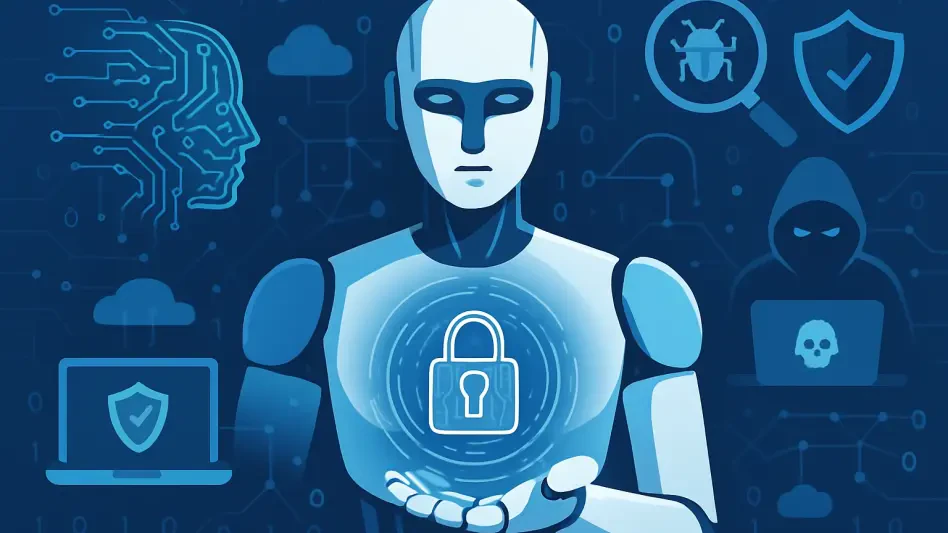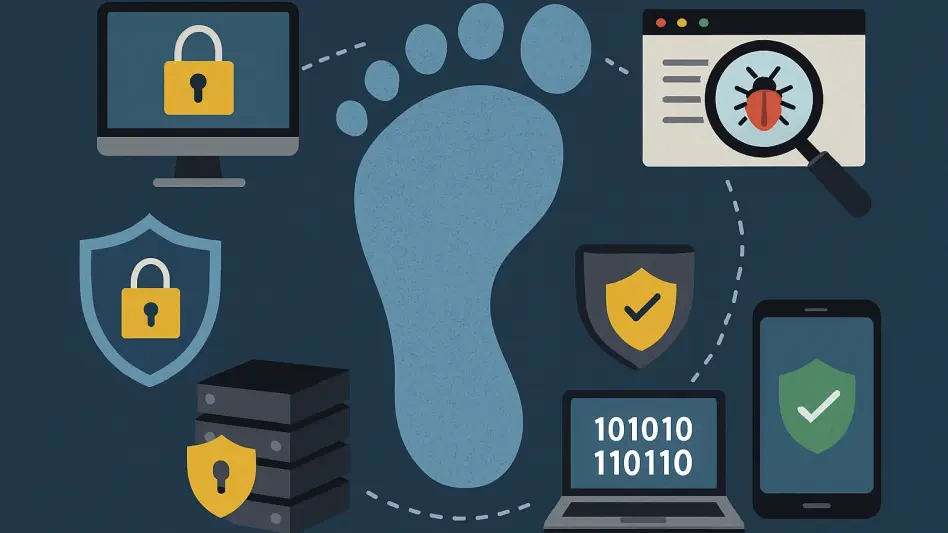In an era where data breaches are among businesses’ most dreaded nightmares, AI and automation offer hope by significantly reducing costs and related risks of these incidents. Recent reports indicate a decline in the global average cost of data breaches, with 2025 marking the first fall in costs in five years. This downward trend is largely attributed to the increasing application of AI and automation in security operations. These advanced technologies help firms swiftly identify and rectify breaches and diminish the operational expenses associated with such crises. By streamlining the process of detection and containment, organizations can realize meaningful savings and safeguard their bottom lines. The investment in AI tools has proven to be a double-edged advantage, offering both short-term cost alleviation and long-term data protection, hinting at a transformative shift in the approach towards cybersecurity.
The Role of AI and Automation
AI’s influence on bolstering cybersecurity is increasingly evident, with companies implementing these technologies reporting a substantial reduction in breach-related costs. In particular, the efficient identification and subsequent handling of security breaches have become key indicators of these systems’ effectiveness. Data suggests that AI and automation have enabled organizations to save approximately $1.9 million on average per breach. This ability to swiftly detect and respond to threats significantly shortens the breach lifecycle, a timeframe crucial to minimizing data leakages and mitigating potential damage. Over the past few years, the duration needed to detect and contain data breaches has continually decreased, reaching the lowest in nearly a decade at 241 days. This shows that investments in AI cut costs and enhance the efficiency of breach management processes. The swift containment enabled by AI potentially transforms how organizations handle breaches, allowing a firmer grip on potential disruptions.
Despite the promising trends globally, varying geographical contexts highlight different challenges. In the U.S., for example, the average cost of breaches continues to rise. With figures reaching a staggering $10.2 million, this increase is propelled by stringent regulatory fines and heightened detection and escalation costs. These numbers place the concentration of AI deployment not only on cost-saving but also on critical compliance and regulatory adherence. Meanwhile, healthcare remains a sector grappling with the most expensive breaches despite recent improvements. This suggests an urgent need for AI-driven strategies tailored to specific industries, given each sector’s unique vulnerabilities and operational protocols. AI’s role thus becomes crucial in crafting sector-specific solutions that consider both cost efficiency and industry compliance.
Challenges Faced in the AI-Driven Landscape
While AI offers promising solutions, it also introduces its own set of vulnerabilities and complications. Using AI systems in breach prevention has inadvertently invited new security incidents, particularly where AI models or applications become compromised. Alarmingly, when these breaches involve AI, 60% result in compromised data, and substantial operational disruptions affect 31% of incidents. This double-edged sword effect of AI underscores a need for robust AI governance, ensuring system access and operations are fortified against intrusions. A significant contributor to this challenge is the lack of adequate AI access controls, a gap that organizations must urgently address to prevent potential exploitation.
Another layer of complexity arises from data distribution across various environments—public clouds, private clouds, and on-premises locations. These multi-environment configurations, while offering flexibility, compound the difficulty of managing breaches. Breaches across these environments take an average of 276 days to resolve compared to the quicker resolution timeframe of 217 days for on-premises breaches. Organizations, therefore, face the challenge of enhancing their security protocols across disparate environments while maintaining seamless operations. Actions such as adopting unified security management solutions designed for hybrid architectures can help fortify defenses. Furthermore, methods like phishing continue to pose significant threats, accounting for 16% of breaches, demanding vigilance and advanced AI-driven preventive measures.
Evolving Solutions and Future Directions
AI and automation are catalysts fostering progress in the cybersecurity realm, yet continual advancement demands constant evaluation and adaptation. As these tools develop, ensuring precise integration with existing security protocols is paramount to avoid potential oversights that could be exploited. Prioritizing secure AI model development and leveraging predictive analytics to forecast potential threats offer pathways to bolster defense mechanisms proactively. Recognizing the shifting dynamics of cyber threats, organizations must implement reactive measures and adopt predictive frameworks capable of adapting to rapidly evolving risks.
In addressing the challenges posed by AI vulnerabilities and multi-environment data breaches, the path forward involves a comprehensive security strategy. This strategy should leverage continuous learning systems that improve over time based on new threat data, ensuring a robust defense aligned with evolving business needs. Collaborative ventures between AI developers and cybersecurity experts are instrumental in crafting solutions that harmonize innovation with rigorous data protection measures. Building synergy between AI’s potential and stringent oversight will likely be key in effectively minimizing breach risks.
Shaping the Future of Cybersecurity
In today’s digital landscape, where data breaches stand as one of the greatest threats to businesses, AI and automation have emerged as vital tools to tackle these costly and perilous situations. Recent reports highlight a global decrease in the average cost of data breaches, with 2025 marking the first downturn in expenses in five years. This favorable trend is primarily driven by the enhanced integration of AI and automation in cybersecurity measures. These technologies are significantly aiding companies in quickly identifying and rectifying these breaches, thereby reducing the operational costs tied to these events. By refining the methods of detection and containment, businesses are achieving substantial savings and safeguarding their financial health. Investment in AI solutions has revealed dual benefits—providing immediate relief in expenses while ensuring long-term data security. It indicates a potential shift in how businesses approach cybersecurity, emphasizing both prevention and efficient crisis management.








